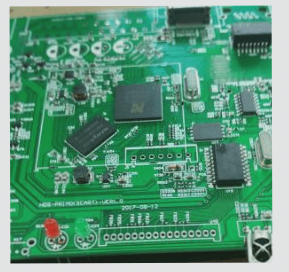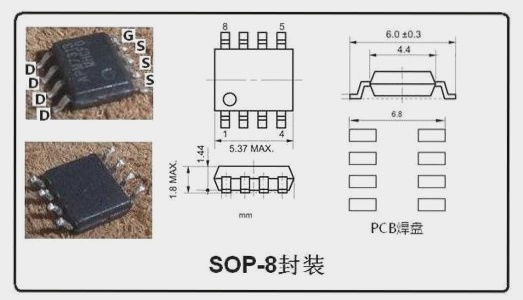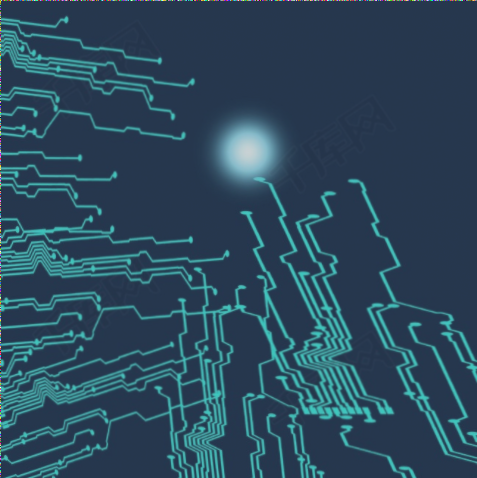Factors Affecting Quality of Multilayer PCB Circuit Boards
Many experts in the multilayer PCB circuit board industry are aware of the numerous factors that impact the quality of PCB circuit boards. These factors include SMT patch processing equipment, processes, technology, and PCB circuit board design. Among these factors, the selection of the PCB substrate plays a crucial role in determining the overall quality of the product.
Importance of PCB Substrate Selection
Choosing the right substrate material is essential as it not only enhances product performance but also ensures product quality. The selection process involves considering various baseboard materials for multilayer PCB circuit boards.

Types of PCB Circuit Board Substrate Materials
1. Classification
PCB circuit board substrate materials are categorized into two main groups:
- Organic material substrates: Phenolic resin, glass fiber/epoxy resin (FR4), Polyimide, BT/Epoxy, etc.
- Inorganic material substrates: Inorganic metal substrates (copper, aluminum) and ceramic substrates.
2. Advantages of Different Substrate Materials
Metal Base Plates: Metal base plates, made of various metal sheets and epoxy resin, offer several advantages:
- Strong mechanical performance suitable for large-area patch processing.
- Effective heat dissipation due to direct contact between metal base plate and semi-cured sheet.
- Electromagnetic shielding capability, crucial for high-frequency circuits.
PCB Ceramic Substrate: Ceramic substrates are preferred for power electronic circuits due to:
- Excellent electrical insulation performance.
- High thermal conductivity for efficient heat transfer.
- Superior brazing performance and high current carrying capacity.
Choosing the right substrate material based on specific usage and processing conditions is vital for ensuring high-quality PCB board production. WellCircuits is dedicated to enhancing processes to deliver superior PCB board processing services to customers.
These enhancements aim to improve the readability and clarity of the content while retaining the technical details of the original text.




